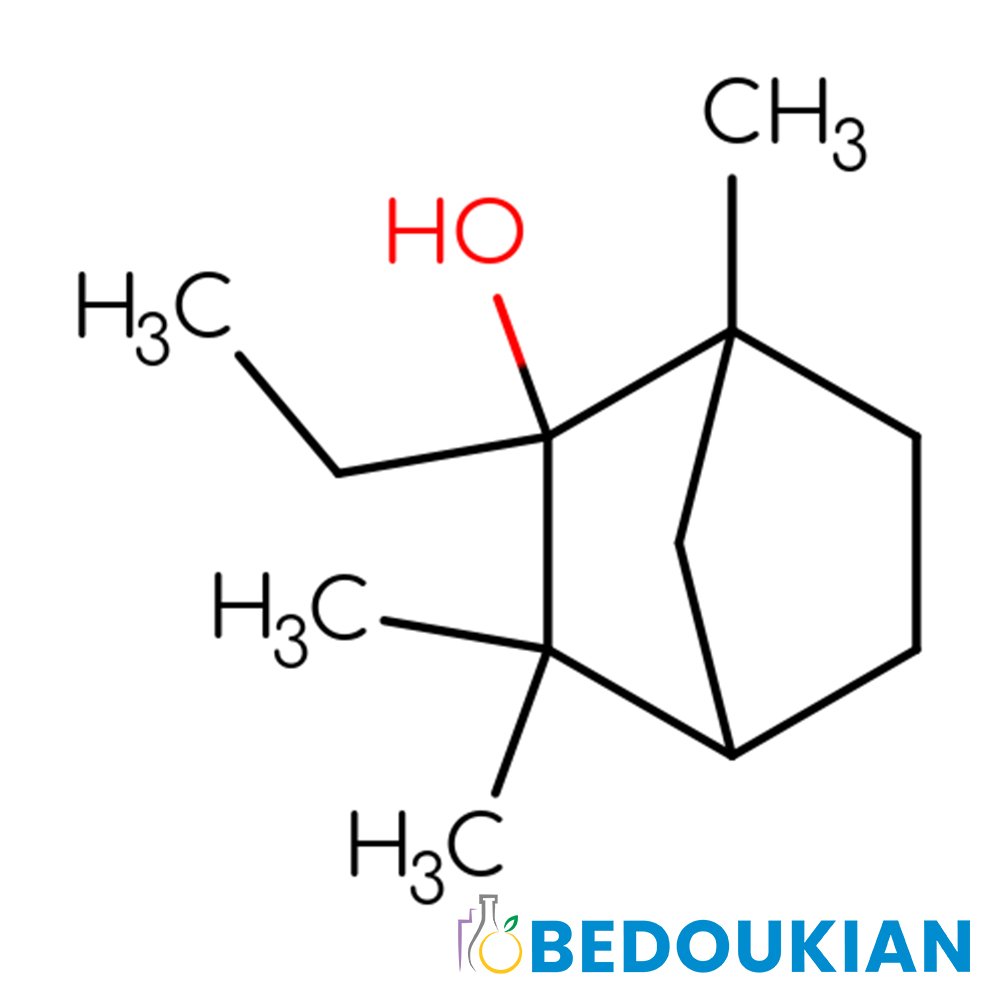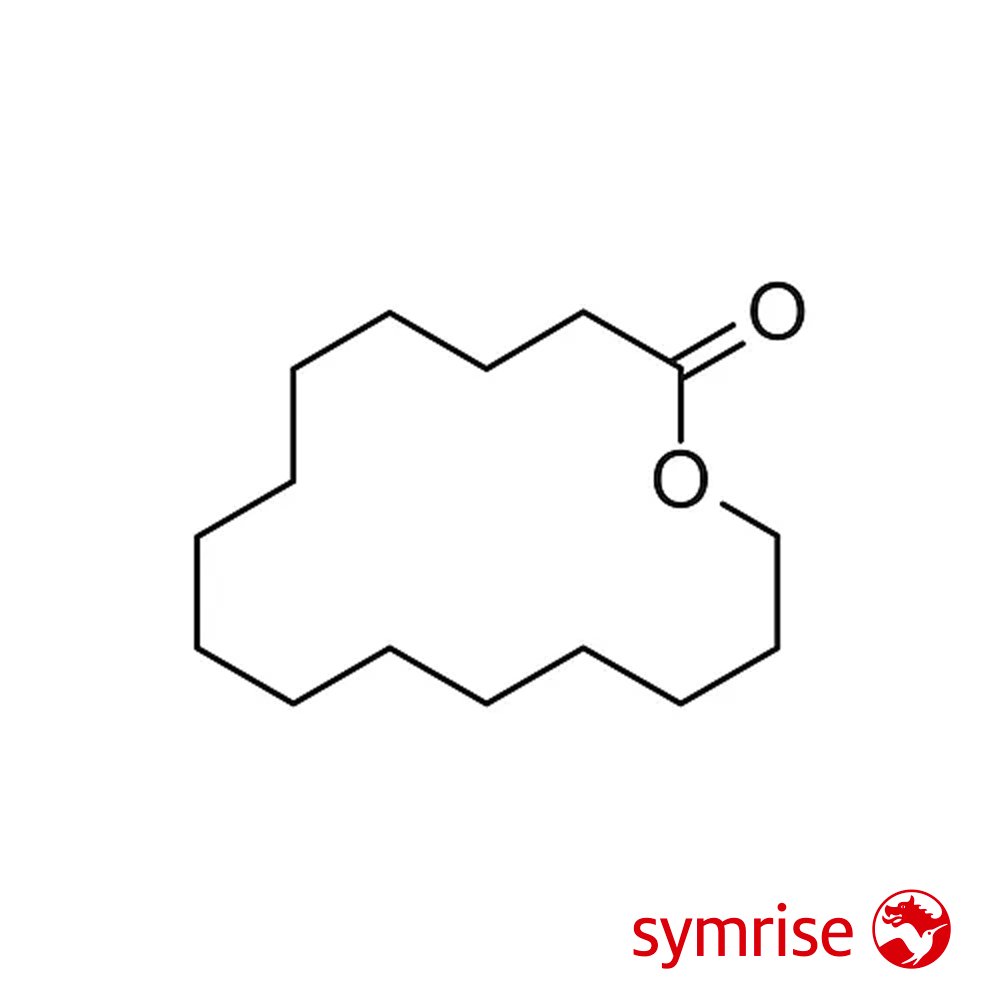 Image 1 of 2
Image 1 of 2

 Image 2 of 2
Image 2 of 2



Muscone
Premium Synthetic Ingredient for Perfumery
Muscone is a synthetic macrocyclic ketone that replicates the primary scent molecule found in natural musk from the musk deer. It delivers a soft, sweet, and exceptionally persistent musky odor, devoid of animalic harshness. Functionally, Muscone acts as a superior fixative and musky base note, often used to enhance diffusion, add elegance, and replace natural musk components in perfumery.
Premium Synthetic Ingredient for Perfumery
Muscone is a synthetic macrocyclic ketone that replicates the primary scent molecule found in natural musk from the musk deer. It delivers a soft, sweet, and exceptionally persistent musky odor, devoid of animalic harshness. Functionally, Muscone acts as a superior fixative and musky base note, often used to enhance diffusion, add elegance, and replace natural musk components in perfumery.
Premium Synthetic Ingredient for Perfumery
Muscone is a synthetic macrocyclic ketone that replicates the primary scent molecule found in natural musk from the musk deer. It delivers a soft, sweet, and exceptionally persistent musky odor, devoid of animalic harshness. Functionally, Muscone acts as a superior fixative and musky base note, often used to enhance diffusion, add elegance, and replace natural musk components in perfumery.
Synthetic Ingredient Overview
🏭 Manufacturer: Various (IFF, Firmenich, Symrise – synthetic production)
🔎 Chemical Name: (R)-3-methylcyclopentadecanone
🧪 Synonyms: Muscone, Muskone, 3-Methylcyclopentadecanone
🧬 Chemical Formula: C16H30O
📂 CAS N°: 541-91-3
📘 FEMA: 3444
⚖️ MW: 238.41 g/mol
📝 Odor Type: Musk
📈 Odor Strength: High (recommended at 10%)
👃🏼 Odor Profile: Soft, sweet, natural musk with animalic warmth and powdery diffusion
⚗️ Uses: Fixative, Musk Base, Modifier
🧴 Appearance: White to colorless crystalline solid or viscous liquid (when heated)
What is Muscone?
Muscone is a macrocyclic ketone with a 15-membered ring structure and a methyl substituent at the 3-position. Naturally occurring in Moschus moschiferus (musk deer), muscone was first structurally elucidated by Lavoslav Ružička. The naturally occurring enantiomer is (R)-(+)-muscone, also called laevo-Muscone. Modern perfumery relies on racemic (dl-) Muscone synthesized via methods such as ring-closing metathesis of (+)-citronellal or enantioselective aldol reactions from macrocyclic diketones.
Olfactory Profile & Perfumery Applications
Muscone has a sweet, extremely tenacious musk profile without the fecal or harsh animalic notes found in older nitro musks or civet. It performs best when diluted, with its full character revealed at ~0.1–2% in base formulations. Olfactorily, it blends well with ambrettolide, exaltolide, and other oxalactone musks, forming elegant base accords.
Its fixative power is exceptional—lasting over 400 hours on a blotter—making it ideal for luxury skin-contact products such as fine perfumes, powder fragrances, and cream bases. Muscone is also vital in natural musk reconstructions, contributing essential tenacity and warmth with much lower dosage requirements compared to musk tincture.
Industrial & Technical Uses
Aside from perfumery, muscone is occasionally used in high-end flavor compositions (sweet, soapy, woody-musk nuance), and as a reference compound in olfactory receptor research. It was used in isotopologue studies on the human OR5AN1 receptor to elucidate musk binding mechanisms through hydrophobic and hydrogen-bond interactions. Applications outside perfumery are limited due to its cost and specificity.

Regulatory & Safety Overview
IFRA: Muscone is allowed in all categories under current IFRA 51st Amendment but usage should follow standard musky material evaluations.
EU Allergens: Muscone is not listed among the 26 declarable fragrance allergens.
FEMA GRAS: FEMA No. 3444; generally recognized as safe for limited flavor use.
ECHA (REACH): Not classified as CMR; very slightly water-soluble; hydrophobic profile limits environmental spread.
Toxicology: Not classified as acutely toxic, mutagenic, or sensitizing in current evaluations. No known endocrine-disrupting activity.
Additional Information
14 g of muscone can replace the musk content found in 1 kg of musk grains.
Synthetic muscone is often discreetly used in fine perfumery despite limited availability.
An alcoholic solution at 0.1% already exhibits pronounced odor intensity, confirming its fixative class alongside exaltolide and ambrettolide.
Market value for natural musk (1968): approx. $5,000/kg; muscone offers a cost-effective alternative at 50–75× lower dose.
Sources
Fulvio Ciccolo, 2020
Perfume and Flavor Chemicals – Steffen Arctander, 1969
Wikipedia, Muscone (retrieved)
FEMA GRAS Database
PubChem Chemistry Database
IFRA Standards Documentation
ECHA Substance Information
Peer-reviewed literature on macrocyclic ketone synthesis and OR5AN1 receptor




